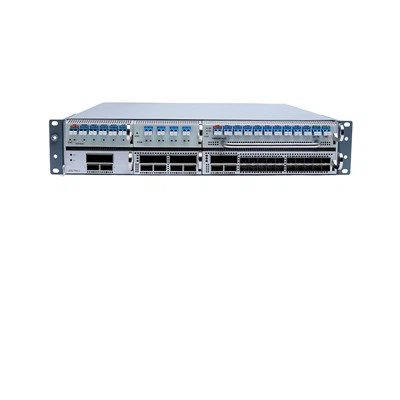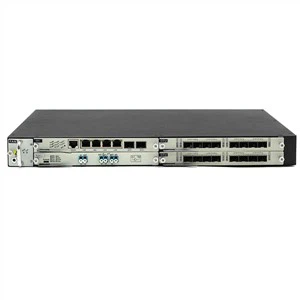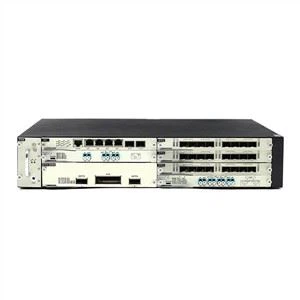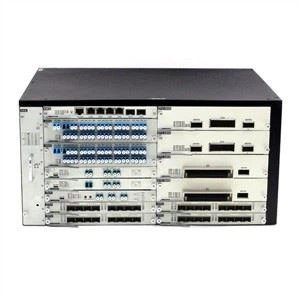Optical fiber attenuation is one of the main factors that affect the transmission performance of optical fiber, also known as optical loss, that is, the attenuation or loss of optical signal after a certain distance transmission in optical fiber. The attenuation degree of optical signal can be determined by testing insertion loss and echo reflection. By testing the optical fiber, we can know where the optical signal begins to decay. Many factors will cause the accelerated attenuation of optical signal, such as the physical characteristics of the optical fiber, the end face pollution of the optical fiber connector, the fusion and termination of the optical fiber, etc., so we usually use the optical power meter and light source, the optical multimeter (the aggregation of the optical power meter and light source), or the optical time domain reflectometer and the hand-held optical power meter To measure the attenuation of the light signal.
According to the types of ports, the commonly used optical fiber attenuators are classified as follows:
SC optical fiber attenuator
When applied to SC optical fiber interface, it looks very similar to RJ-45 interface, but SC interface is more flat. The obvious difference is the inner contact. If it is 8 thin copper contacts, it is RJ-45 interface. If it is a copper column, it is SC optical fiber interface.
LC optical fiber attenuator
It is used in LC optical fiber interface to connect the connector of the SFP module. It is made of the modular jack (RJ) latch mechanism which is easy to operate. (commonly used in routers)
FC optical attenuator
For FC optical fiber interface, the external strengthening method is metal sleeve, and the fastening method is screw buckle. Generally, it is used on ODF side (most used on distribution frame).
ST fiber attenuator
It is used in St optical fiber interface, commonly used in optical fiber distribution frame. The shell is round and the fastening method is screw buckle.





















